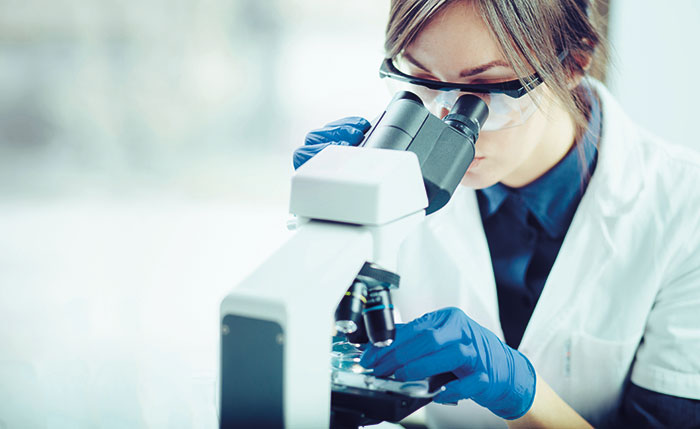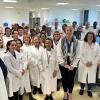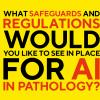Dr Joanne Horne and Dr Bryan Green look at the Healthcare Scientist Reporting Programme and developing an expert, collaborative histopathology team.

The reporting programme for healthcare scientists began as a pilot programme in 2012 and is now established as a formal RCPath/IBMS qualification. The qualification is set at FRCPath part 2 level, albeit covering a narrower scope of practice, which is currently either in gastrointestinal, gynaecological or dermatopathological histopathology. Consultant scientist posts are becoming established in a number of laboratories, with many departments, regions and countries looking to following this new training pathway, especially in light of the known workforce shortages in histopathology in the UK, with an increase in workload and not enough histopathologists in the system to meet demand. This article describes some key information relating to the development of scientists through the programme, as well as the benefits to both departments and patients that comes from training scientists and creating consultant scientist posts on completion of training.
Experience and qualifications prior to the programme
Scientists completing the reporting programme in either gastrointestinal, gynaecological or dermatopathological histopathology, undertake a four-stage programme with examinations at Stage A and C, plus a portfolio at each stage. Scientists beginning reporting training must have five years of post-registration experience and by this point will usually have an MSc and additional post-registration qualifications, e.g. the IBMS/RCPath Diploma of Expert Practice in histological dissection (see Table 1).
Developing clinical knowledge
At the start of training, scientific training may have a different emphasis to medical training. While scientists have wide experience in laboratory management, governance and quality, it is likely that they will have had less exposure to clinical situations. Like any medical trainee, scientist trainees also have an educational supervisor and clinical supervisors. The role of the educational and clinical supervisors is to ensure that appropriate training takes place, tailored to the individual needs of the trainee. For scientists, an important route into such training is through integration into the multidisciplinary teams (MDTs) in the relevant area of training. This can lead to training sessions with clinicians in outpatient clinics, endoscopy/colposcopy/dermatology sessions and theatre lists, in addition to personal study based on individual cases.
To read the full article please click here.




